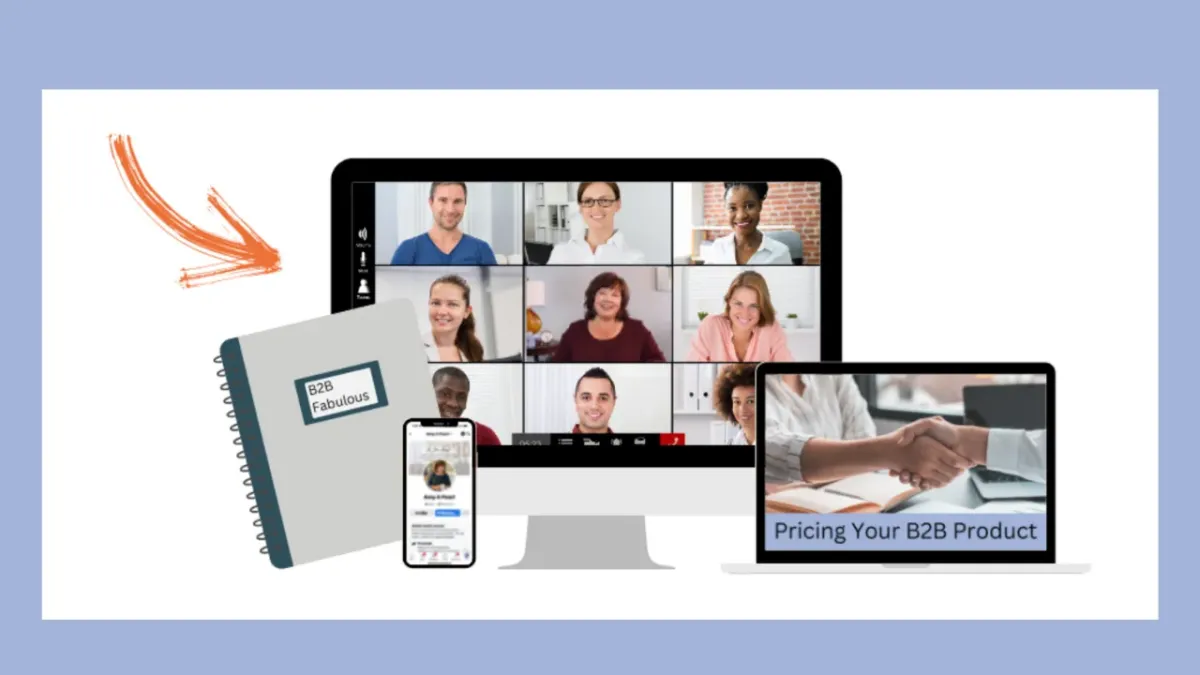
How I Create My Courses While Managing My Perfectionist Tendencies
Creating a course can seem like a monumental task and honestly, it can become a monumental task if you're a perfectionist like me. It's sooooo easy to make a course so complicated that your students get overwhelmed, have trouble implementing their new skills, or worse lose interest and quit. In today's blog post, I'm going to share the 7 P framework I follow when I build my courses and 3 things I do to avoid letting perfectionism stand in the way of progress!
7 P's to Build a Course
Whether I am going to deliver a course in-person, via Zoom, or in pure digital format, 7 factors guide my thinking and development (and conveniently, each factor begins with the letter P). As I develop my content, I seek to answer a variety of questions including those I've listed below.
Participants
Who is the course for?
What is their existing knowledge, experience, and motivation to learn?
Problem
What problem are the Participants having?
What impact is this having on their ability to do their jobs and to achieve their professional and personal goals?
Purpose
What goals will my course help the Participants and the business to achieve?
What benefits will my course help them to realize?
Platform
How will the course be delivered - in-person, via Zoom, online, hybrid?
How can I use Kajabi or another system to make it efficient and promote sustained learning?
Process
What frameworks will the Partcipants learn?
What activities will make the learning engaging and memorable?
Packaging
What materials will the Participants need during the course? (e.g., workbook, assessments, quick reference guides)
What materials will I need to effectively facilitate the program? (e.g., videos, posters, games)
Put Into Action
What guides or tools will the Participants need to implement their new skills or behaviors on the job?
What follow up will build accountability for change?
Once I answer those questions, I get to work. If I'm building a digital course, I follow a pretty specific sequence:
Write the scripts for what I will say in my videos
Create the workbook based on my scripts
Create the PowerPoint slides that I will use in my recordings
I follow this sequece so I know my scripts, workbook, and slides will all align. I often modify my scripts, as I'm developing my workbook and slides. Similarly, I might change earlier modules based on how things unfold in later modules. So, I never finalize my scripts, workbook, or PowerPoint slides until all modules are complete. Once I complete those steps, I:Produce all video content, audio content, and transcripts
Upload my content to Kajabi and create any associated email sequences
Develop any ancillary materials that I'll use as part of the program like assessments or faciltiation materials
If I'm facilitating an in-person workshop, I follow the same process with the only difference being that I don't write out a detailed script (step 1).
Progress Over Perfection
Now, you might say, "Amy, it's your perfectionism that's driving you to have all the details worked out prior to launching your course." Fair enough, it might be. In fact, a lot of gurus recommend that you don't build your course until it's sold and then, build just one module at a time as the training is unfolding. But, when you sell to corporations, not-for-profits, and other organizations, you really can't "wing it" each week by scrambling to pull content together. Clients expect a well-thought out and well-crafted program.
That being said, I fully recognize that my perfectionism often impedes my progress. My desire to give my clients as much value as possible can lead to content overload and overwhelm. If I'm not careful, I could end up building things they don't need or that don't add value. Like in many things, there becomes a point of diminishing return.
Three things help me to keep my perfectionism in check:
Most Valuable Skills: Identify the most valuable skills or insights that have the greatest return on Participants' investment of their time, money, and energy in this course. What are the critical few lessons/learnings that will help your Participants achieve the goals and benefits identified in the Purpose of the course?
Top Questions Asked: Questions you're asked in your coaching conversations, social media exchanges, or even casual conversations represent the information gap that you're uniquely positioned to fill. What questions are you often asked and how could those questions help you prioritize and pare down your content to what's most important to your Participants?
Bete Testing: Sometimes, you don't really know just what to include until you actually pilot or test your course. You'll see when people engage and when they check-out. You'll hear their questions, success stories, and failed attempts that need more attention. Their feedback will help you perfect your course content and approach.
More Ideas for Building A Course
Creating courses and other content is one of my favorite parts of my job. In fact, one of the people who has had the greatest impact on how I develop my courses is my mentor, Amy Porterfield. She's put together a great guide called "Surprisingly Simple Ways to Turn Your Knowledge into a Digital Course" and you can access it here. If you've ever wondered if you can turn your wisdom and experiences into a course that could lead to flexibility and greater freedom, download Amy's FREE guide today!
